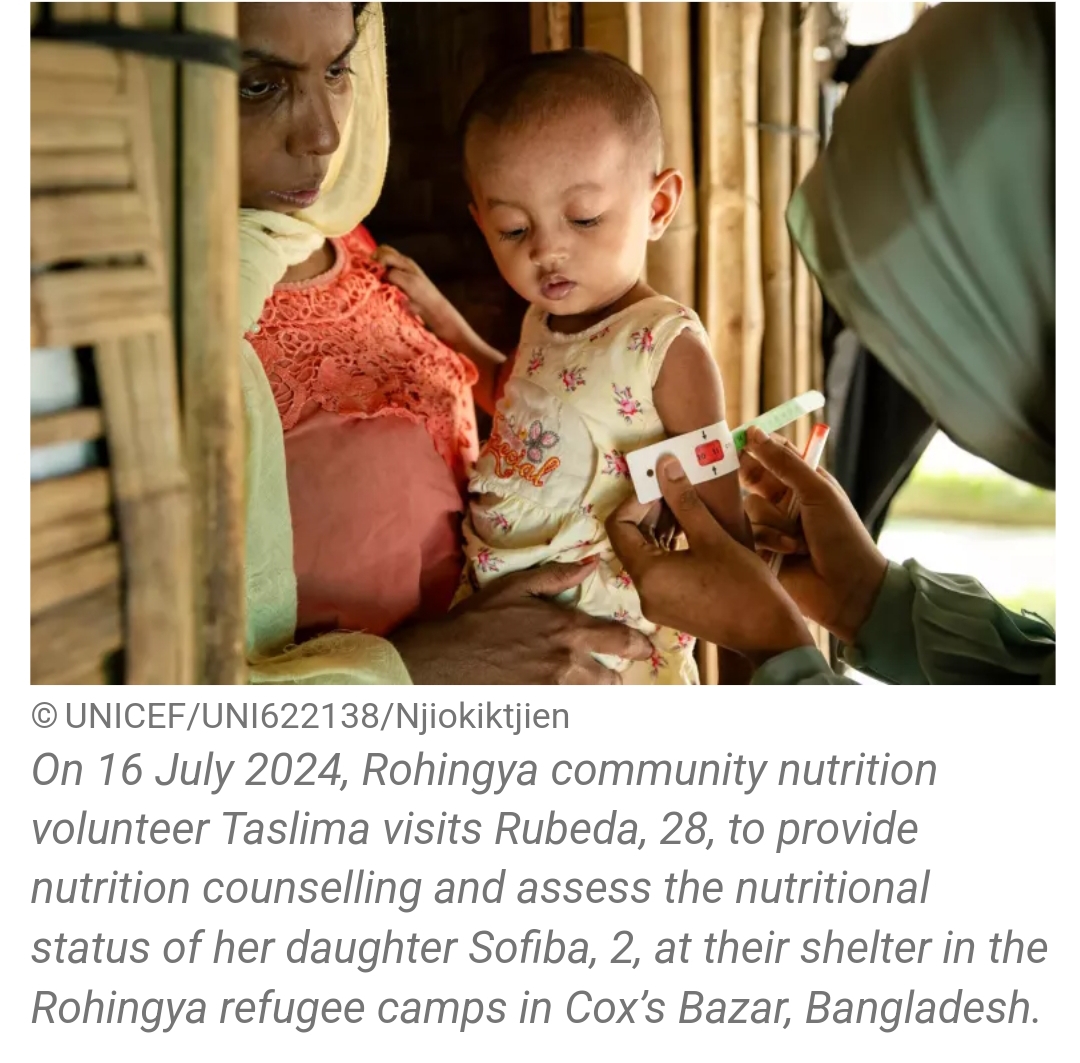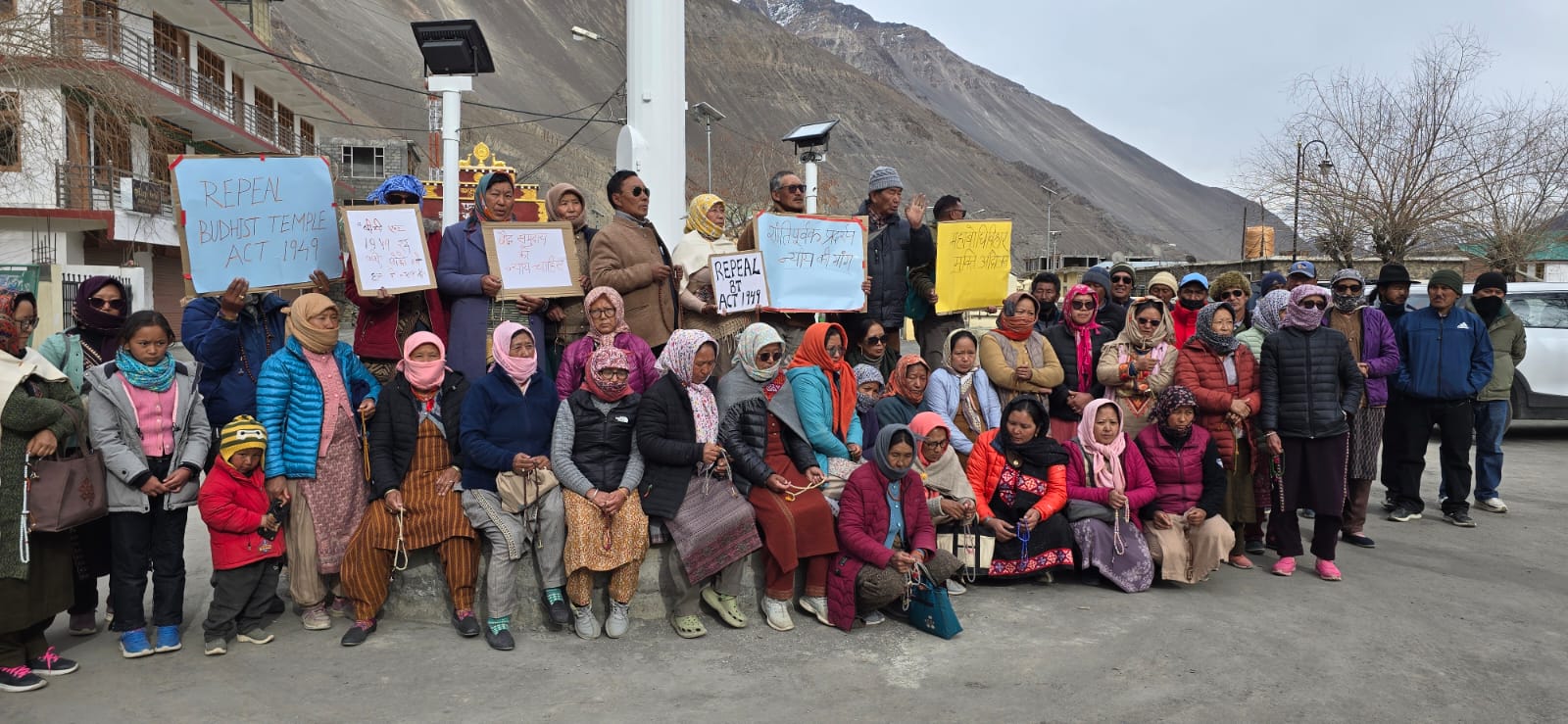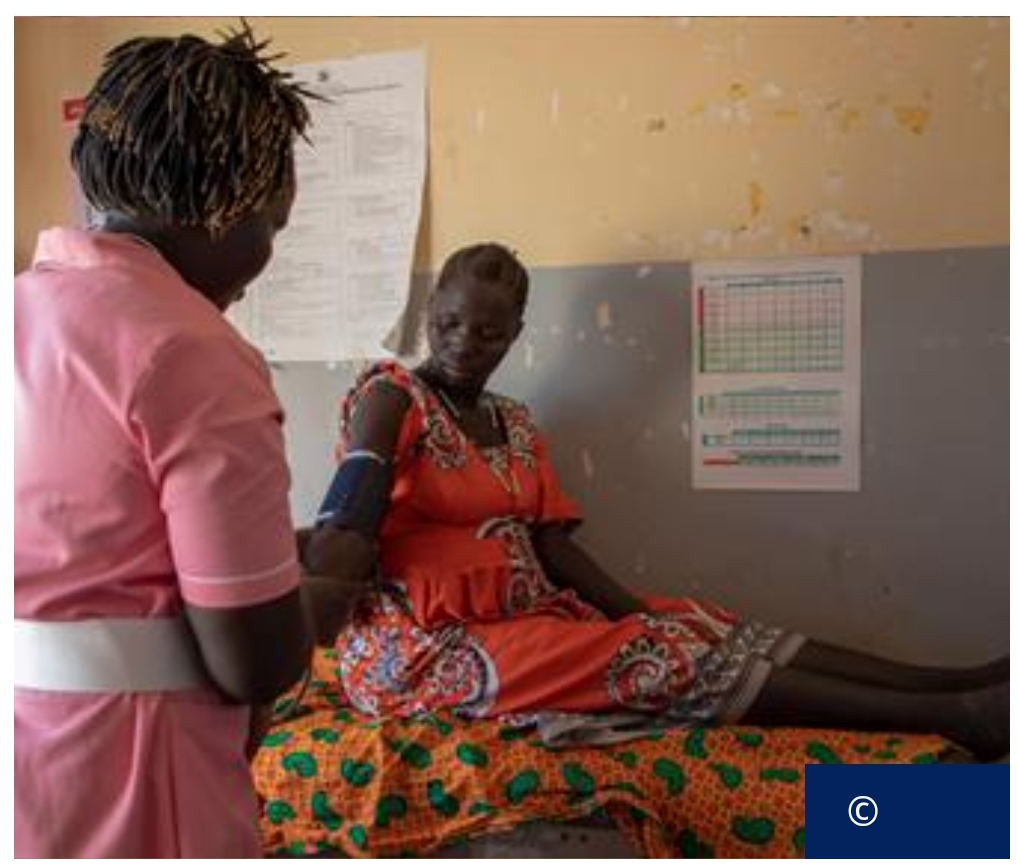Severe Malnutrition Crisis Deepens Among Rohingya Refugee Children in Bangladesh.
Dhaka:
The number of children requiring emergency treatment for severe acute malnutrition (SAM) in the Rohingya refugee camps in Bangladesh has risen sharply by 27% in February 2025, compared to the same period last year, as worsening conditions push more young children into life-threatening hunger.
Cox’s Bazar, which hosts over one million Rohingya refugees, including more than 500,000 children, is facing emergency levels of malnutrition. Over 15% of children in the camps are now malnourished, the highest levels recorded since the mass displacement of Rohingya refugees in 2017. The situation is dire as families struggle to access adequate food and healthcare, exacerbating the already fragile living conditions in the world’s largest refugee settlement.
UNICEF, which has been providing life-saving treatment for severely malnourished children, treated nearly 12,000 children under the age of five in 2024. Of those treated, 92% made a full recovery. However, without sustained and urgent intervention, severe acute malnutrition remains fatal, leaving children dangerously weak, vulnerable to disease, and at high risk of death.
The numbers continue to rise. In January 2025, the cases of SAM increased by 25% compared to the same month in 2024, with 1,021 cases reported, up from 819. The upward trend has become even more alarming in February, with a 27% increase, from 836 cases to 1,062. Experts attribute this surge to several interrelated factors, including prolonged monsoon rains in 2024, which worsened sanitation and led to spikes in severe diarrhea, cholera, and dengue outbreaks. Additionally, intermittent food ration cuts over the past two years have worsened malnutrition, while an increasing number of families fleeing violence have sought refuge in the camps in recent months.
Rana Flowers, UNICEF Representative in Bangladesh, emphasized the growing concern over the future of these children. “For now, we can provide the services that Rohingya mothers come seeking, and that very sick children need, but as needs keep rising and funding declines, families are telling us they are terrified of what will happen to their babies if there are further food ration cuts and if lifesaving nutrition treatment services stop.”
In January 2025, UNICEF projected that 14,200 children in the camps would suffer from severe acute malnutrition by the end of the year. However, the rising number of cases and the declining availability of food, safe water, and health services could cause this figure to escalate even further. Children suffering from SAM are 11 times more likely to die if they do not receive immediate treatment.
“These families cannot yet safely return home, and they have no legal right to work, so sustained humanitarian support is not optional – it is essential,” added Flowers. “UNICEF is determined to stay and deliver for children, but without guaranteed funding, critical services will be at risk.”
The humanitarian crisis in the Rohingya refugee camps is deepening, and urgent intervention is required to address the malnutrition epidemic and provide a lifeline for the most vulnerable children.




